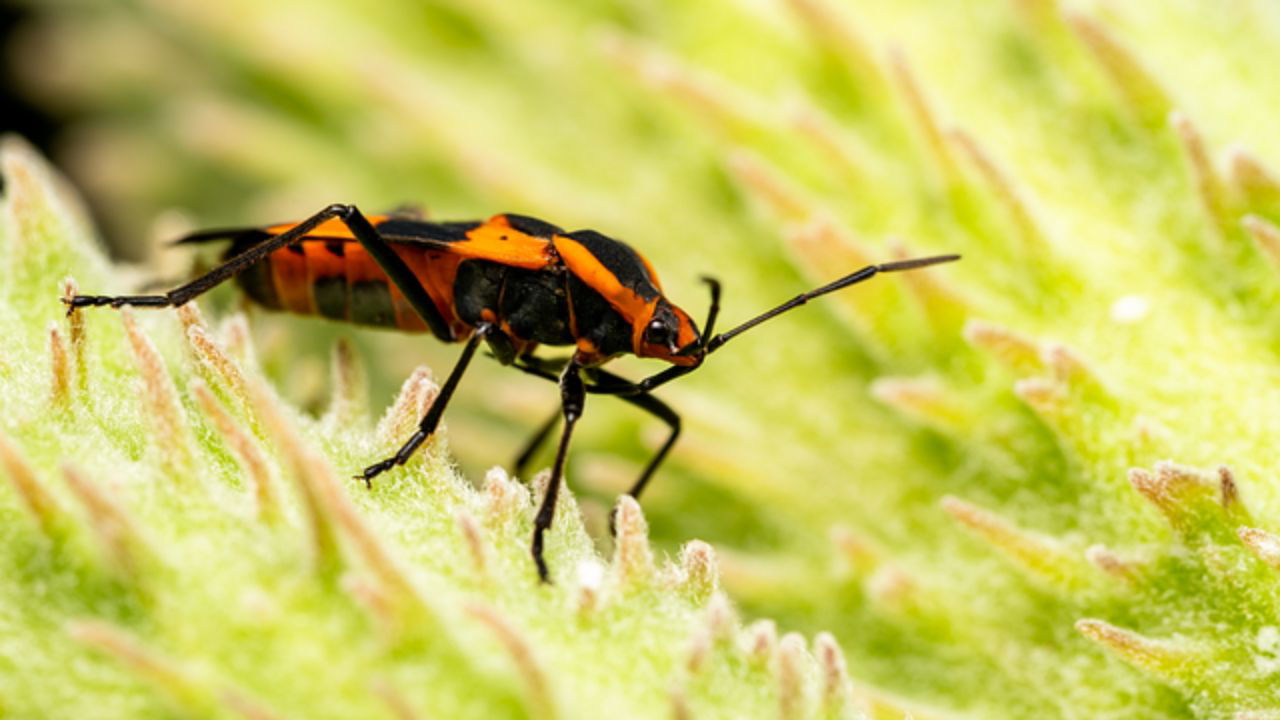
In a groundbreaking study, biologists have sequenced the genome of the red milkweed beetle (Tetraopes tetrophthalmus), uncovering its genetic traits that enable it to feed on toxic milkweed plants safely. Conducted by scientists from the Arkansas Agricultural Experiment Station, the University of Memphis, and the University of Wisconsin Oshkosh, the research offers a detailed look at plant-insect interactions from an evolutionary and ecological standpoint. The findings, published in the Journal of Heredity, provide insights into the beetle’s adaptations, with implications for agriculture, forestry, and environmental studies.
Lead author Rich Adams, an assistant professor of agricultural statistics at the University of Arkansas, emphasized the ecological importance of studying these interactions. Long-standing relationships between milkweed beetles and toxic milkweed plants shape the biology of both, as per him. Despite years of research, this is the first time the genome of the red milkweed beetle has been sequenced, enabling scientists to explore complex questions about insect adaptations to plant toxins.
The research, supported by the National Science Foundation, also compared the red milkweed beetle’s genome with that of the Asian longhorned beetle (Anoplophora glabripennis), a host-generalist that threatens forestry by feeding on a wide range of trees. These comparisons revealed key differences in genes related to smell, taste, and metabolic enzymes, shedding light on the genomic basis of specialized plant-feeding behavior.
The team discovered that the red milkweed beetle’s genome features an abundance of genes from the ABC transport family. These genes likely help the beetle consume milkweed’s toxic compounds, such as cardiac glycosides, by storing them in its tissues for self-defense against predators. Unlike many insects that suffer from these toxins, the milkweed beetle has evolved a unique ability to resist and even sequester them.
The study also highlighted the role of microbial gene transfers in the beetle’s digestive abilities. While most animals that digest woody plants rely on gut microbes to break down plant cell walls, many beetles, including long-horned beetles, have acquired this capability through horizontal gene transfers from microbes. By examining the beetle’s genome, researchers gained a clearer view of the genetic diversity and evolutionary paths that shape these beetles’ ability to thrive on toxic plants.
In addition to DNA sequencing, the team studied RNA profiles from male and female beetle antennae to learn more about how the beetles find mates and locate host plants through chemosensation. This transcriptome analysis offers a better understanding of the genes expressed in response to environmental cues, enhancing knowledge of insect-plant interactions with implications for agricultural pest management.
The study’s co-authors include researchers from the University of Memphis, University of Hawaii at Manoa, and Pennsylvania State University, who contributed expertise in biodiversity, entomology, and evolutionary biology. According to Adams, the ability to understand the diversity of genes and genomes found in nature holds significant promise for advancing fields such as agriculture, forestry, and human health.
(Source: University of Arkansas System Division of Agriculture)










